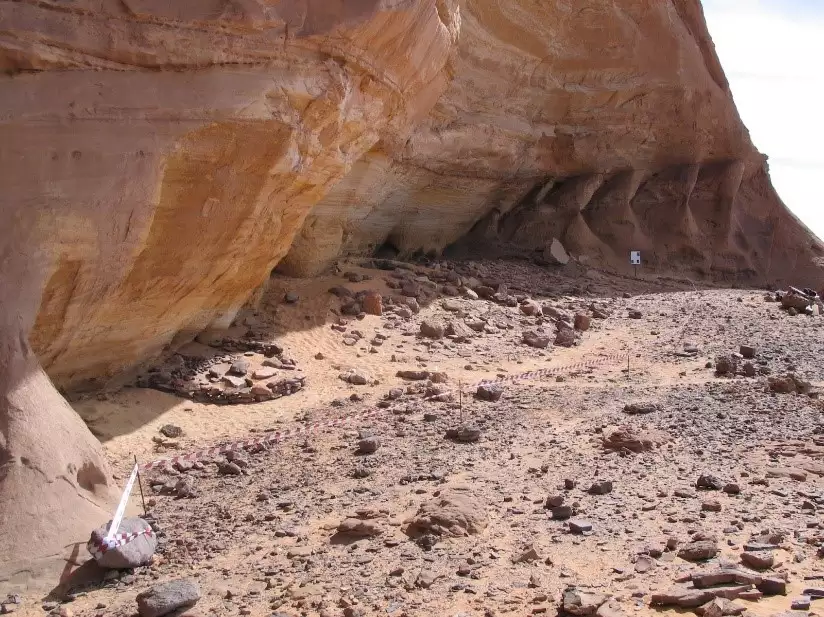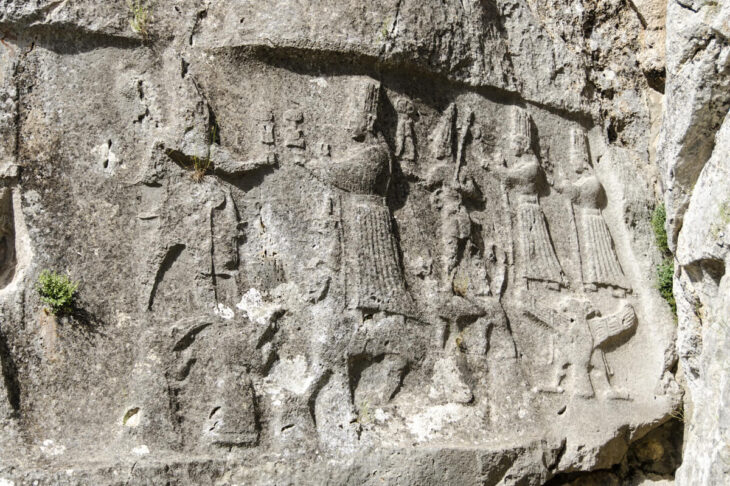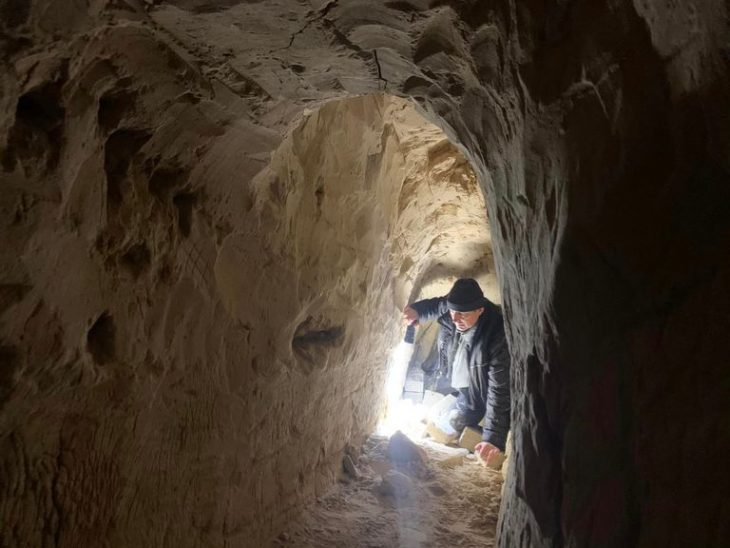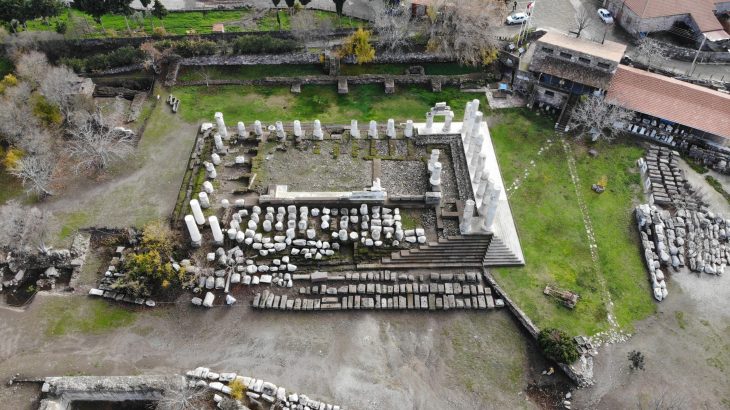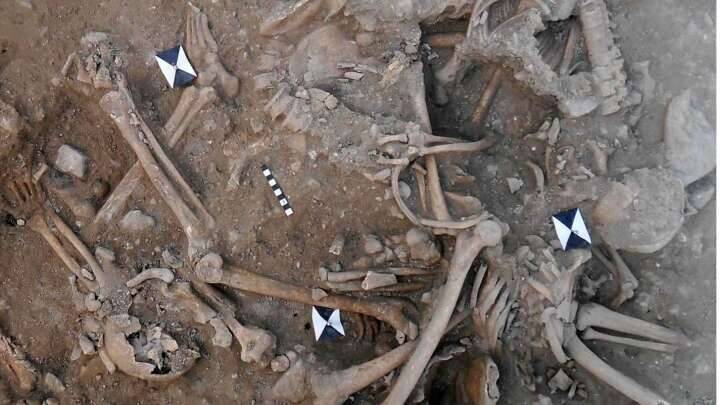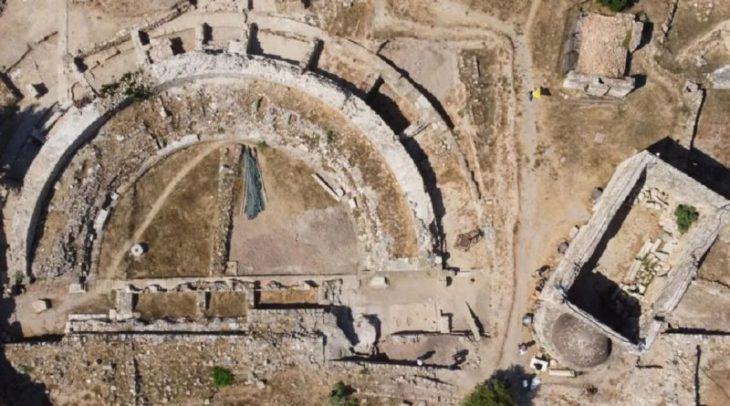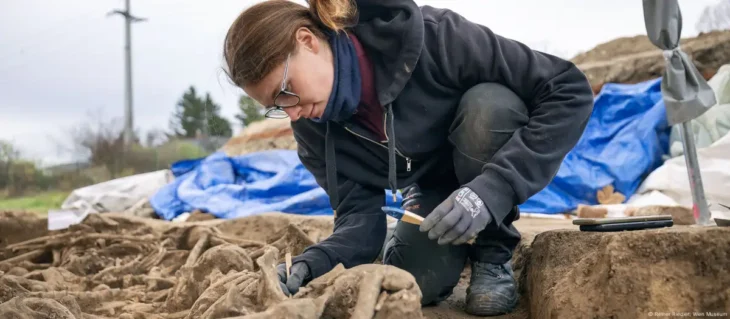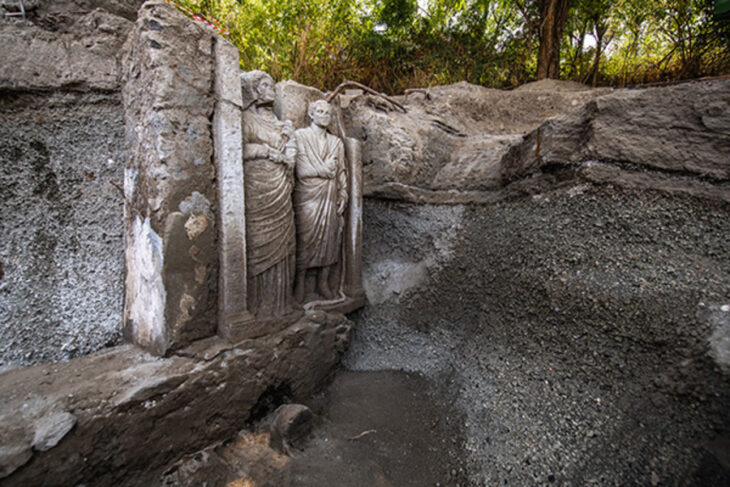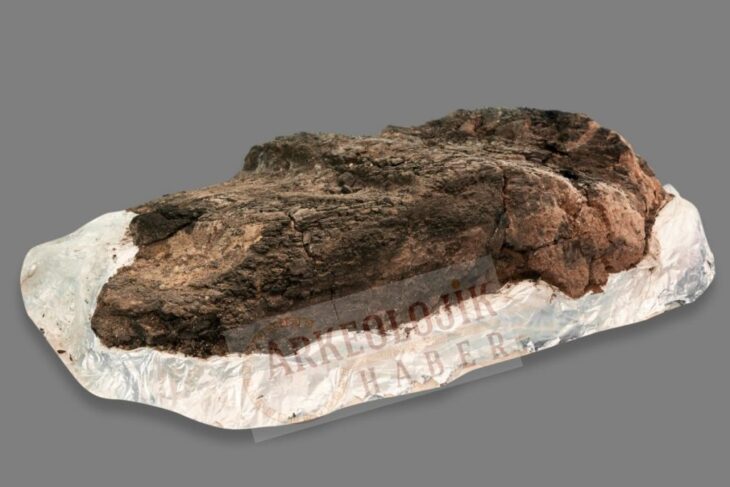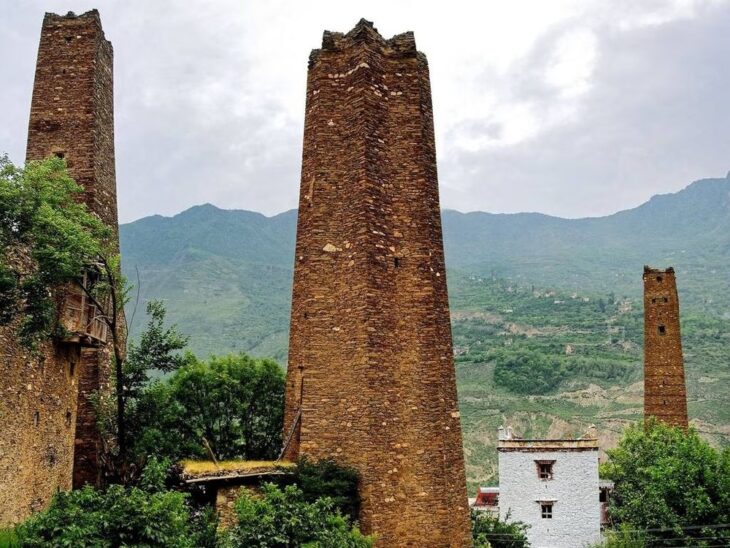A recent study conducted by a team of researchers from the Max Planck Institute for Evolutionary Anthropology, including senior author Johannes Krause and first author Nada Salem, has identified a previously unrecognized human lineage in North Africa, specifically within the Central Sahara, that dates back over 7,000 years. This research provides critical insights into the genetic continuity and isolation of ancient populations during the African Humid Period (Green Sahara).
This research, centered around two ancient Libyan mummies, offers a fresh perspective on the region’s history during the African Humid Period—a time when the Sahara was transformed into a lush savanna, teeming with life and water bodies that supported human habitation and pastoralism.
The findings challenge long-held beliefs about migration patterns in the region. Contrary to previous interpretations, the genomes of these ancient individuals reveal a striking absence of sub-Saharan ancestry. This suggests that the Green Sahara was not a migration corridor as once thought, but rather a space where herding practices spread through cultural exchanges rather than large-scale movements of people. The study highlights the limited gene flow between North African and sub-Saharan populations, emphasizing the unique genetic heritage of the North African lineage.
One of the most intriguing aspects of the research is the genetic makeup of the Takarkori rock shelter individuals. They exhibit significantly less Neandertal DNA compared to populations outside Africa, indicating their status as part of a largely isolated population. This isolation has allowed for a deep genetic continuity in North Africa, particularly during the late Ice Age. While this ancient lineage may no longer exist in its pure form, its genetic legacy continues to be a vital component of the ancestry of present-day North Africans.
The study also draws connections between these ancient individuals and 15,000-year-old foragers from Taforalt Cave in Morocco, who are associated with the Iberomaurusian lithic industry. Both groups show a similar distance from sub-Saharan lineages, reinforcing the idea that even during the Green Sahara’s flourishing period, gene flow between these regions remained minimal.

Senior author Johannes Krause from the Max Planck Institute for Evolutionary Anthropology notes, “Our findings suggest that while early North African populations were largely isolated, they received traces of Neandertal DNA due to gene flow from outside Africa.” This insight adds a new layer to our understanding of how ancient populations interacted and adapted to their environments.
The implications of this research extend beyond genetics. First author Nada Salem emphasizes that the study challenges previous assumptions about North African population history, revealing a deeply rooted and long-isolated genetic lineage. This discovery not only enhances our understanding of how pastoralism spread across the Green Sahara but also underscores the importance of cultural exchange in shaping human history.
As the Sahara transitioned from a verdant landscape to the world’s largest desert, the preservation of ancient DNA became increasingly challenging. This study, therefore, stands as a pioneering effort in ancient DNA research, providing invaluable insights into human migrations, adaptations, and cultural evolution in this key region.
In conclusion, this research not only enriches our understanding of North Africa’s past but also highlights the significance of ancient DNA in reconstructing human history. As we continue to explore the depths of the Sahara’s history, we gain a clearer picture of the complex tapestry of human existence that has shaped our world today.
Max Planck Institute for Evolutionary Anthropology
Salem, N., van de Loosdrecht, M.S., Sümer, A.P. et al. Ancient DNA from the Green Sahara reveals ancestral North African lineage. Nature (2025). https://doi.org/10.1038/s41586-025-08793-7
Cover Image Credit: View of the Takarkori rock shelter in Southern Libya. Credit: Archaeological Mission in the Sahara, Sapienza University of Rome

